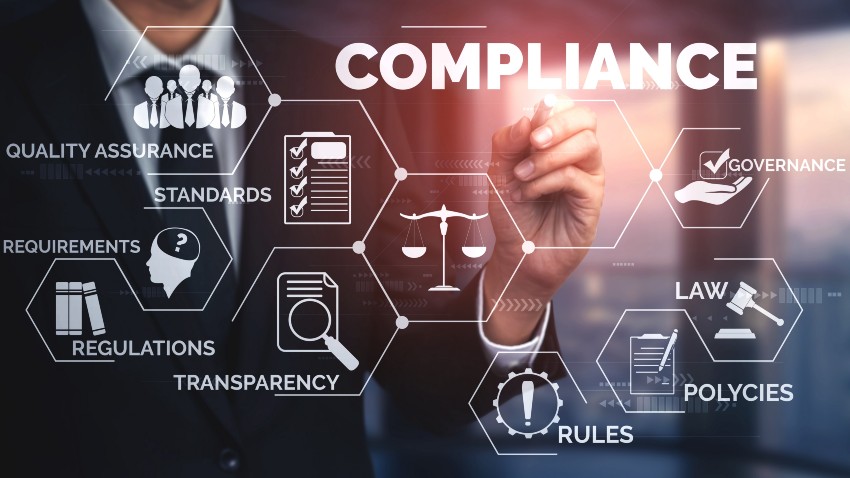DIN EN 62620 Regulatory Compliance Testing of Large Lithium-Ion Cells
The DIN EN 62620 standard specifies the requirements and test methods for ensuring regulatory compliance in large lithium-ion cells. This service is critical for manufacturers, suppliers, and quality managers within the battery industry to ensure that their products meet stringent safety and performance standards.
Large lithium-ion cells are used in a variety of applications including electric vehicles (EVs), energy storage systems (ESS), and consumer electronics with high-capacity batteries. The standard covers aspects such as electrical integrity, mechanical robustness, thermal stability, and chemical compatibility to prevent potential hazards like overheating or short-circuiting.
Compliance testing is mandatory for manufacturers to ensure their products meet the safety requirements specified in DIN EN 62620. This includes performing a series of tests under both nominal conditions and extreme environmental stresses. The comprehensive nature of this standard ensures that large lithium-ion cells are safe not only during normal operation but also when exposed to abnormal conditions.
The testing process involves several stages which include:
- Visual inspection
- Electrical integrity check
- Mechanical stress tests
- Thermal cycling and stability tests
- Chemical compatibility checks
- Battery discharge and charge cycle testing
These tests are conducted using specialized equipment designed to replicate real-world conditions as closely as possible. The results of these tests provide manufacturers with critical data on the performance and safety of their products, enabling them to make necessary adjustments before finalizing product design.
In addition to ensuring compliance with regulatory requirements, this testing also helps in improving product quality and reliability, which is especially important for large lithium-ion cells where even minor defects can lead to significant consequences. By adhering to DIN EN 62620, manufacturers can demonstrate their commitment to safety and environmental responsibility.
The standard itself is based on international best practices and aligns with other relevant standards such as ISO and IEC. This ensures that the tests conducted are consistent across different regions, thereby facilitating global trade in batteries and related products.
Why It Matters
The importance of DIN EN 62620 cannot be overstated given the increasing demand for sustainable energy solutions like electric vehicles and renewable energy storage systems. Large lithium-ion cells play a pivotal role in these sectors, making their safety and reliability paramount.
Non-compliance with this standard can lead to serious consequences ranging from product recalls to legal actions. Moreover, it affects brand reputation and consumer trust. Therefore, ensuring compliance is not just about meeting regulatory requirements but also about building and maintaining a strong market position.
The stringent nature of the tests ensures that any potential hazards are identified early in the development process, reducing the risk of costly post-production issues. This proactive approach helps manufacturers to stay ahead of industry trends and maintain competitive advantage.
From an environmental perspective, ensuring compliance with DIN EN 62620 also contributes to sustainability goals by promoting safer and more responsible manufacturing practices. By adhering to these standards, companies can help reduce the environmental impact associated with battery production and disposal.
Industry Applications
| Application | Test Requirements |
|---|---|
| Electric Vehicles (EVs) | Evaluation of thermal stability, mechanical robustness, and electrical integrity under real-world driving conditions. |
| Energy Storage Systems (ESS) | Testing for long-term performance, durability, and safety in various environmental conditions. |
| Consumer Electronics with High-Capacity Batteries | Assessment of battery discharge and charge cycle behavior to ensure optimal performance over extended periods. |
| Solar Power Systems | Evaluation of lithium-ion cells for use in solar energy storage systems, focusing on thermal management and chemical stability. |
| Aircraft Batteries | Comprehensive testing to ensure safety during flight operations under extreme conditions. |
| Marine Applications | Evaluation of lithium-ion cells for use in marine vessels, considering factors such as saltwater exposure and temperature fluctuations. |
| Railway Systems | Testing to ensure reliable battery operation under varying environmental conditions encountered during railway operations. |
The wide range of applications underscores the importance of ensuring compliance with DIN EN 62620. Manufacturers and suppliers must adhere to these stringent standards across all sectors where large lithium-ion cells are used, ensuring that products meet not only performance expectations but also safety and environmental regulations.
Environmental and Sustainability Contributions
The compliance testing mandated by DIN EN 62620 plays a crucial role in promoting sustainability within the battery industry. By ensuring that large lithium-ion cells are safe, reliable, and perform optimally under various conditions, this standard helps to minimize waste and maximize resource efficiency.
One of the key contributions is reducing the likelihood of accidents or failures which could lead to hazardous situations such as fires or explosions. This not only protects consumers but also reduces the environmental footprint associated with product recalls and disposal.
In addition, the testing process itself incorporates sustainable practices by focusing on energy-efficient operations and minimizing waste generation. Manufacturers who comply with DIN EN 62620 are encouraged to adopt greener manufacturing processes which can lead to overall reductions in carbon emissions.
The standard also promotes circular economy principles by encouraging the use of recycled materials where possible, thereby extending the lifecycle of batteries and reducing the demand for new raw materials. This sustainable approach aligns with broader industry efforts towards reducing environmental impact and promoting responsible resource management.





